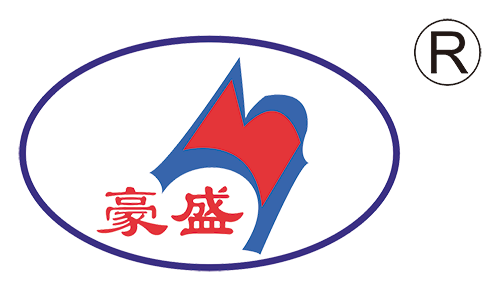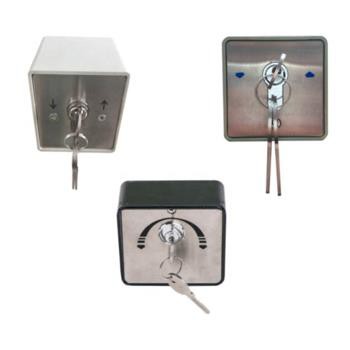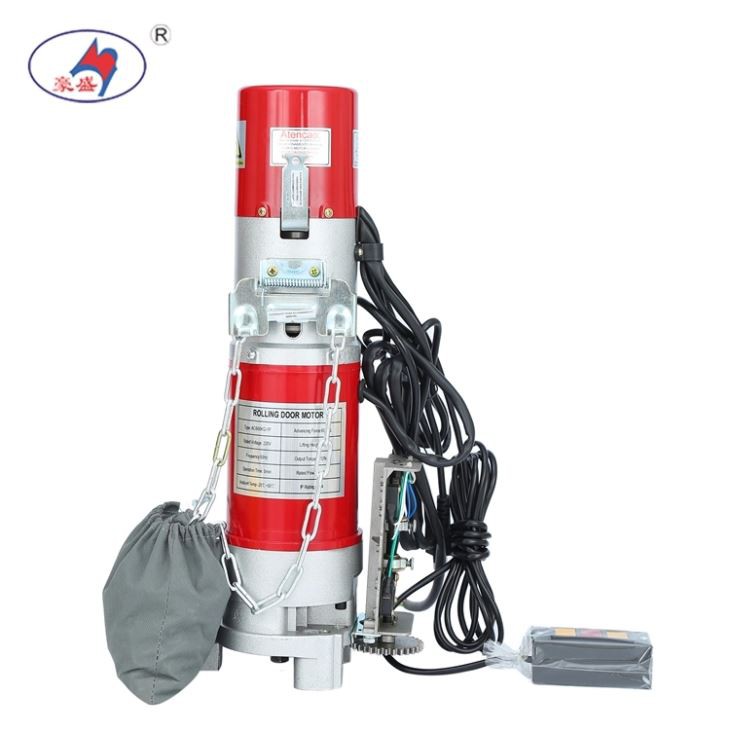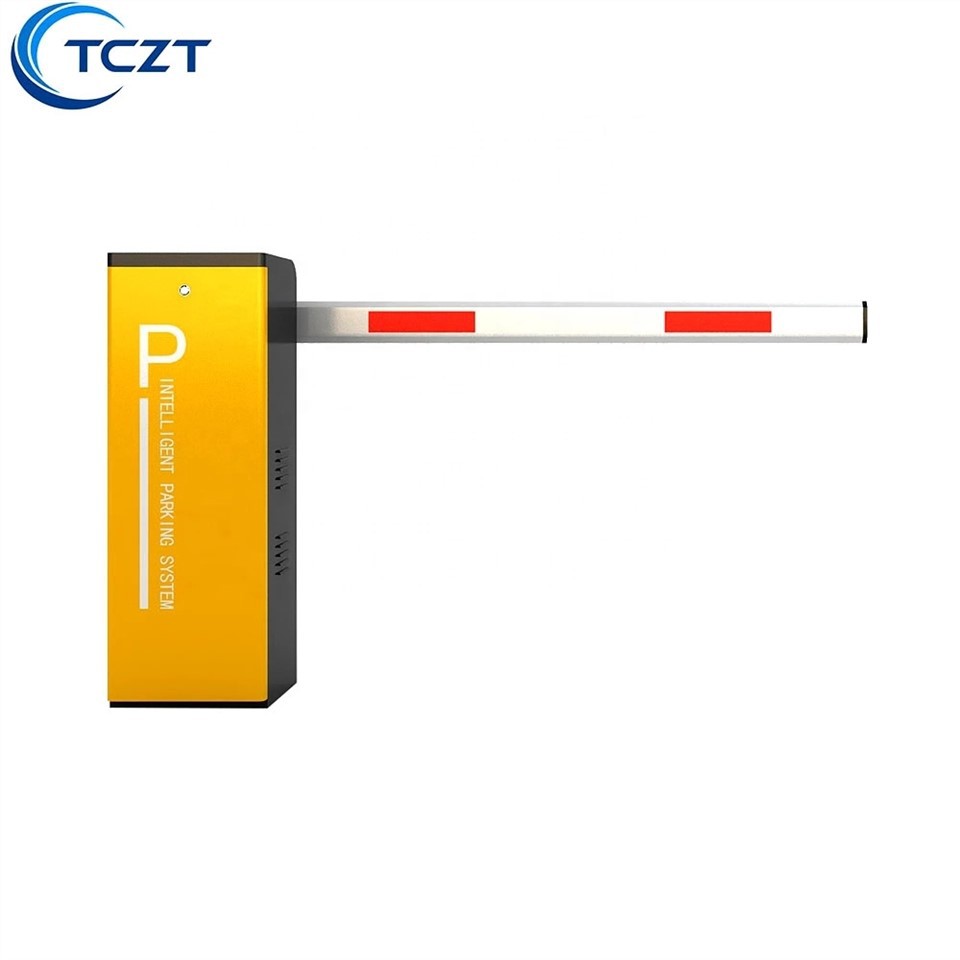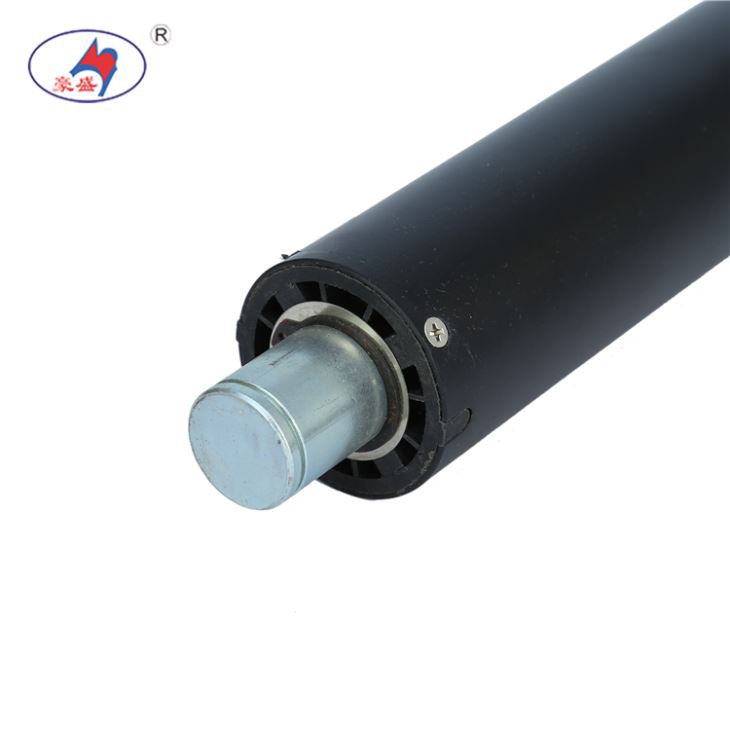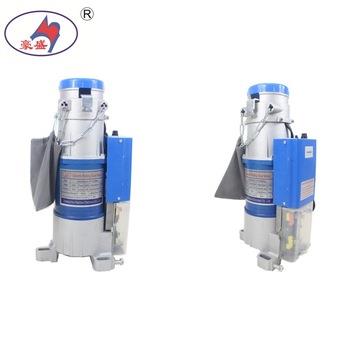
AC motor maintenance Preparation and inspection before starting 1. Check whether the grounding of the electric and starting equipment is reliable and complete, and whether the wiring is correct and good. 2. Check if the voltage and frequency indicated on the motor nameplate match the power supply voltage and frequency. 3. Check the relative phase and relative insulation resistance of the winding before starting the motor with new installation or long-term deactivation. The group of insulation should be greater than 0.5 megohms. If it is below this value, the windings must be dried. 4. For the wound rotor, check whether the brush device on the slip ring can work normally and whether the brush pressure meets the requirements. 5. Check if the motor rotation is flexible and whether the oil in the sliding bearing reaches the specified oil level. 6. Check if the rated current of the fuse used in the motor meets the requirements. 7. Check if the fastening bolts and mounting bolts of the motor are tightened. After all the above checks have met the requirements, the motor can be started. After the motor is started, run at no load for about 30 minutes. Observe whether the motor has abnormal phenomena. If abnormalities such as noise, vibration, and heat are found, take measures. After the situation is eliminated, it can be put into operation. When starting the winding motor, the starting varistor should be connected to the rotor circuit. For the motor with the brush lifting mechanism, the brush should be lowered, the short circuit device should be disconnected, the stator circuit switch should be closed, and the varistor should be pulled. When the motor is close to the rated speed, lift the brush, close the short-circuit device, and start the motor. |
HAOHUA
Professional Rolling Door Motor Manufacturer
Come & visit us
Fujian, China.
